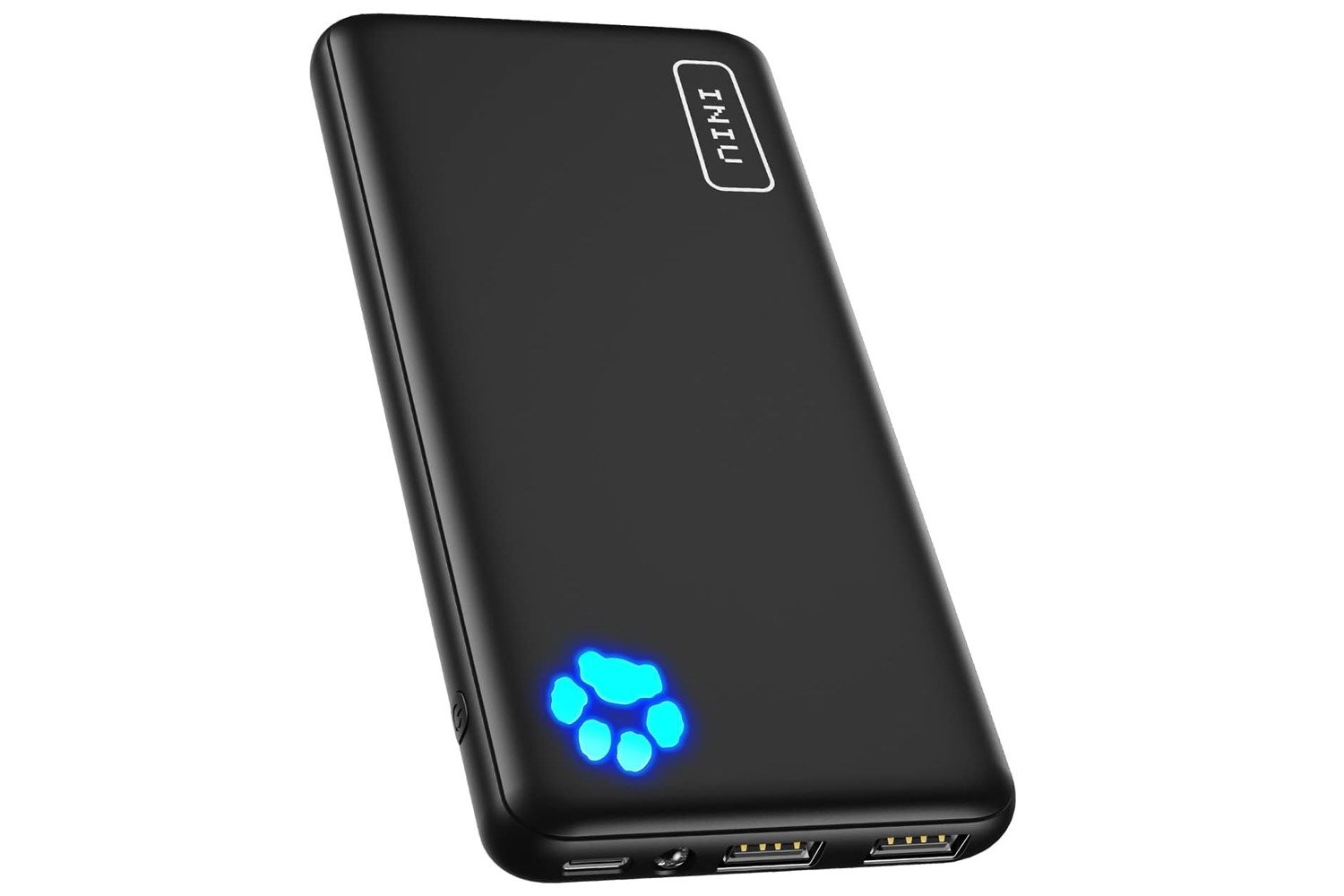On Thursday, Rivian announced plans to introduce a hands-off version of its driver assistance system for highway driving within the next few weeks, followed by an “eyes-off” version in 2026.
This move will enable Rivian to compete with companies such as Ford and General Motors, which have already launched similar systems in recent years. Ford’s system is known as BlueCruise, while GM’s is called SuperCruise. In contrast, Tesla’s Full Self-Driving (supervised) system, despite its name, requires users to keep their hands on the wheel at all times.
The launch of this new system comes at a time when Rivian is anticipating another challenging year, largely due to uncertainty surrounding potential changes to regulatory policies by the Trump administration. However, the company did report its first positive gross profit in the fourth quarter of 2024, thanks to a combination of cost-cutting efforts and increased revenue from software and services. For more information on Rivian’s financials, you can read about how the company is inching closer to profitability.
When Rivian first emerged from stealth mode in 2018, its autonomy ambitions were a major focus. At the time, CEO RJ Scaringe envisioned a future where Rivian owners could start a hike and have their vehicles drive autonomously to meet them at the finish. However, in the years since, autonomy has taken a back seat as the company prioritized its IPO, vehicle launches, and scaling production. You can learn more about Scaringe’s vision for autonomous driving in an interview with The Verge.
Having now delivered around 50,000 vehicles for two consecutive years, Rivian has gained some breathing room to focus on rolling out features like its hands-off system, thanks in part to a significant deal with Volkswagen finalized late last year.
Rivian is utilizing an “end-to-end” training approach to develop its driver assistance platform, similar to Tesla’s method for its Full Self-Driving (Supervised) software. This involves training models using data from cameras and radar sensors, rather than relying on hard-coded rules.
Similar to Ford and GM, Rivian is initially limiting the hands-off feature to highway use. According to Scaringe, once the eyes-off version is launched in 2026, the company will gradually expand the driver assistance system to other types of roads.
The ultimate goal, as stated by Scaringe, is to make hands-free, eyes-off driving available “essentially everywhere”.
To achieve this goal, Scaringe noted that Rivian is exploring “creative ways” to access a substantial amount of GPUs without requiring significant capital expenditures, which differs from Tesla’s approach of investing billions of dollars in GPUs to train its self-driving models.
Source Link





